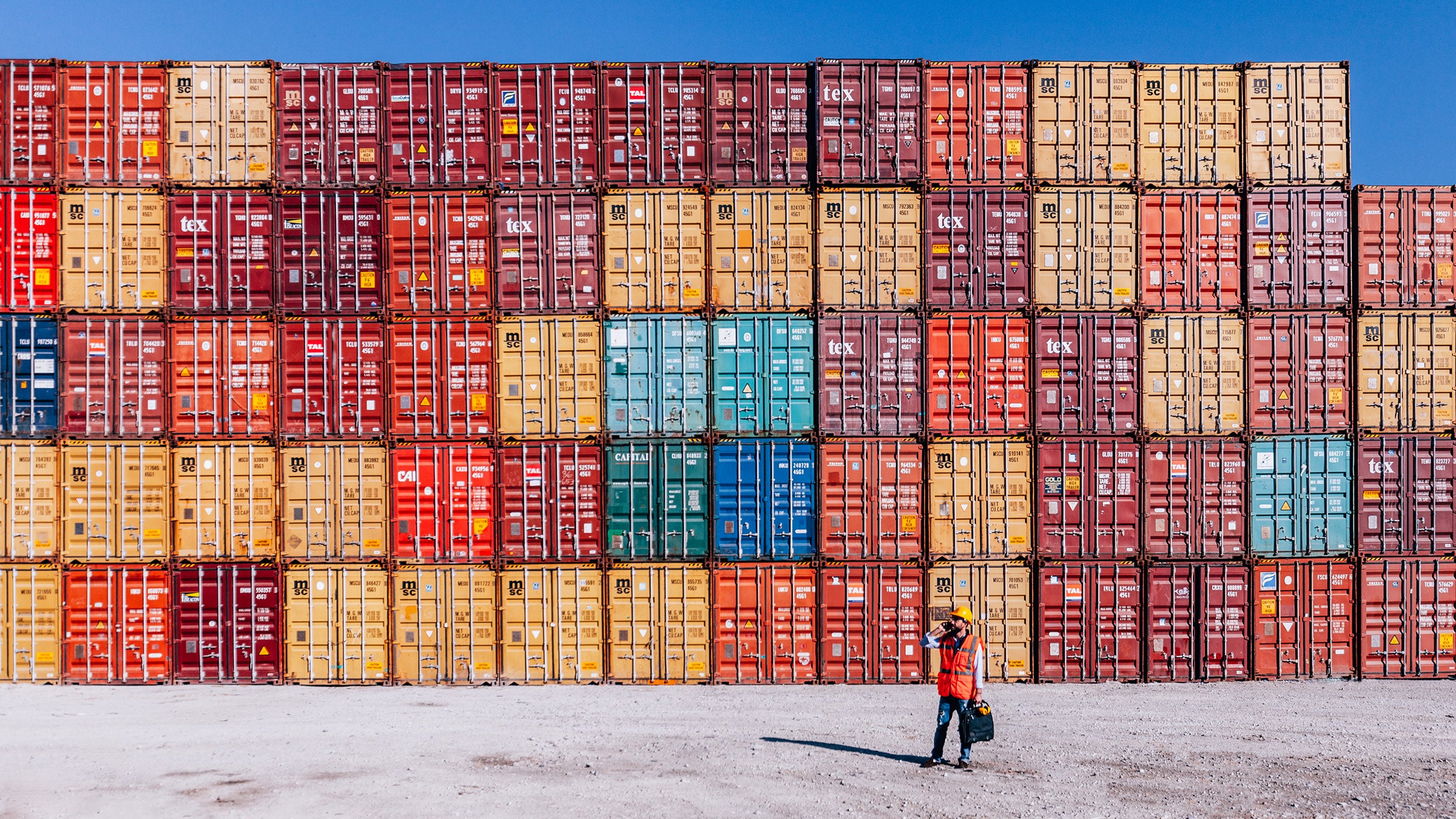Investment grade credit (covering UK, Euro and Global)
Lewis Aubrey-Johnson, Head of Fixed Income Products
What’s your outlook for investment grade in 2025?
In summary, investment grade credit spreads are now near or at their all-time tights but could remain there for some time to come. On an all-in yield basis however, the asset class is still trading at levels not seen since the Global Financial Crisis (GFC).
Global investment grade credit in aggregate offers 90 basis points (bps) of spread. Excluding the Covid period, the range over the last 10 years has been 90-200 bps. Whilst there are some small differences between regions (US dollar and sterling credit spreads are at their tights, whereas euro credit is not quite at its tights), the key point is that spreads are unlikely to narrow any further in 2025. Returns will be driven by 1. the income or ‘carry’ on the asset class and 2. interest rate effects as Central Banks are still expected to ease monetary policy.
The reasons for this tight pricing are twofold: fundamentals and technicals. First, the macro environment is currently supportive for risk taking. Economies are broadly stable, corporate earnings have been healthy on the whole, and the risk of recession seems low. Inflation and interest rates are coming down. Stock markets have risen sharply again this year.
Second, the demand for bonds is very strong indeed. It has been a very significant year for supply but far from pushing credit spreads of existing bonds wider, the supply of new bonds has been digested very well in an environment of spread tightening. Demand for most new issues is significantly ahead of supply and there is precious little new issue premium.
So long as large western economies do not start to lose momentum, for the time being, returns from the asset class are likely to be yield and duration-based rather than influenced by big changes in credit spread. Investment grade credit has the advantage over government bonds of the extra carry, plus a shorter duration profile which can be beneficial as interest rate volatility has been on the rise recently.
US economic data paint a picture of an economy that is only slowing very gradually. GDP growth this year will likely remain above 2.5%. With interest rates already being cut, the chances of recession appear very low. In Europe, growth is more tepid and indeed slowing. Fiscal restraint, slowing investment and challenges in the auto sector all weigh on the region. But with interest rates already coming down and ECB lending surveys showing some loan growth, there appears sufficient stimulus to ward off a recession even there.
What are some of the main areas of opportunities you’re seeing?
We have gradually reduced credit risk all year. High yield issuers, subordinated bank securities and cyclical issuers have all been trimmed. With risk premia compressed, we think this is a good time to be adding higher quality borrowers that should be less immune from an increase in market volatility. This includes senior bank securities (particularly in Europe), consumer staples issuers or high-quality real estate operators. We have also been taking selective positions in emerging market sovereign and government-related issuers where spreads are relatively generous for the credit quality.
Which sectors will you be keeping an eye on in 2025?
The Auto sector in 2025 as is facing perhaps the greatest challenges. Established car manufacturers are grappling with the twin risks of the shift to electric vehicles and the rise of Chinese competitors with a significant cost advantage. The starting point of the current pressures for these companies was a strong one, following a strong cyclical post-Covid recovery. But sales have fallen sharply and European and US auto companies have significant cost bases that will likely need to be cut. For the time being, the market considers this an equity story. In other words, that whilst profitability will suffer, the balance sheets are too strong to warrant a serious reappraisal of the credit risk. However, these challenges are more than simply cyclical and we shall be watching the sector closely.
What are some of the key risks, perhaps those specific to investment grade?
Whilst the macroeconomic backdrop is currently supportive, economies are slowing, albeit at a gentle pace. However, just as economies have appeared resilient to previous rate hikes, if and when a slowdown takes root, there is always the possibility that it requires more policy loosening than expected. Indeed, oftentimes slowdowns do not progress in a linear fashion and there may reach a point at which the economy deteriorates at a more rapid pace. Whilst not sufficient to threaten the creditworthiness of investment grade borrowers, it may be enough to stymie risk appetite and force a re-pricing of credit risk in general.
There is also the possibility that the Trump administration could initiate a round of higher tariffs that could disrupt the global economy. The US fiscal situation is unlikely to improve, either from lower taxes or increased spending – this is likely to put pressure on longer term Treasury yields but may support US spreads as an offset, given a pro-growth/fiscal stimulus tilt.
In addition to the economic risks, geopolitical tensions also have the potential to undermine market confidence. Today, there is conflict in Eastern Europe and the Middle East and rising tensions elsewhere.






